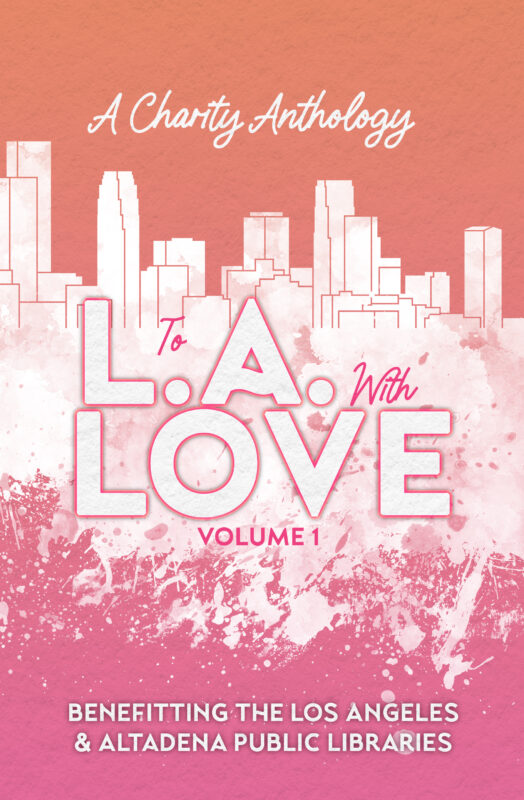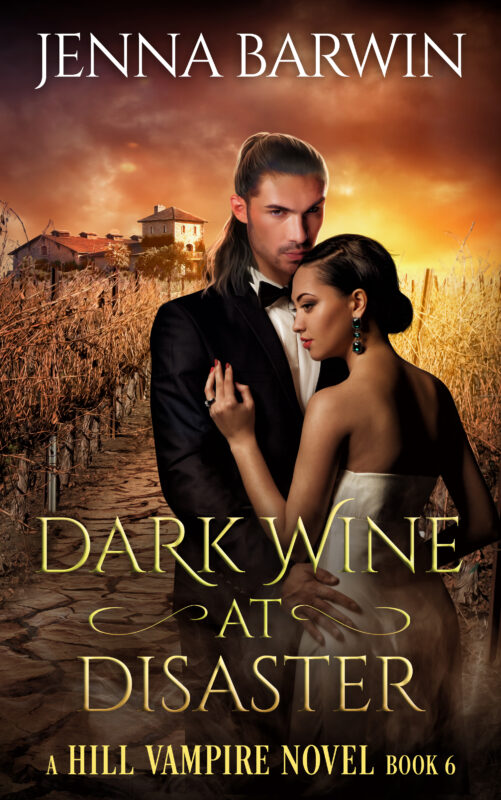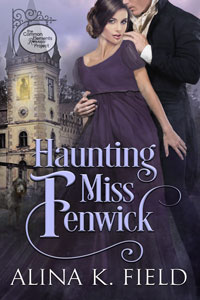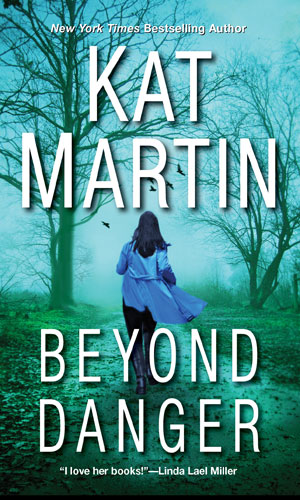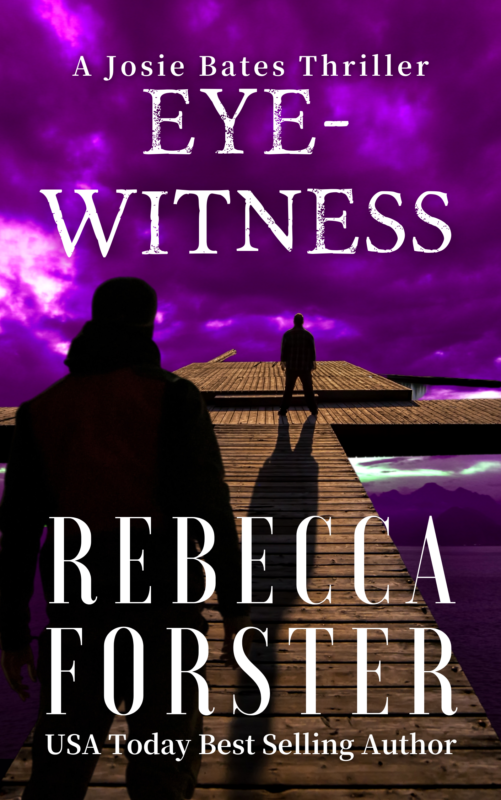emaginings: Tarot For Writers Revisited
October 17, 2012 by A Slice of Orange in category Archives tagged as Corinne Kenner, creativity, emaginings, tarot cards, Tarot for Writers Yesterday was the New Moon, an auspicious time to begin new projects. I am starting a new story and need ideas for scenes. So I turned to my trusty tarot cards. Since this is a spicy story, I used the Sensual Wicca deck. In the process of interpreting the cards, I dragged out my copy of Tarot For Writers by Corinne Kenner. Once again, I was impressed by how helpful the book is.
Yesterday was the New Moon, an auspicious time to begin new projects. I am starting a new story and need ideas for scenes. So I turned to my trusty tarot cards. Since this is a spicy story, I used the Sensual Wicca deck. In the process of interpreting the cards, I dragged out my copy of Tarot For Writers by Corinne Kenner. Once again, I was impressed by how helpful the book is.
I received some insights from using the Celtic Cross for Writers spread, and the spread for three-act structure, but the most helpful suggestion was to simply draw ask “what happens next” and keep drawing cards. I gave it a try. I shuffled the cards and kept turning them over until I had a baker’s dozen of idea, from she seduces him to a debt is repaid.
I realizes this kind of visual aide doesn’t work for everyone, but if you are at all inclined towards the mystical approach, I do recommend this book. You can read my original long review at my Flights-A-Fancy blog.
Kenner’s website can be found at http://tarotforwriters.com/
My comments on the Sensual Wicca deck can be found at my Lyndi Lamont blog.
What do you do to jump start a new story?
Linda McLaughlin/Lyndi Lamont
0 0 Read moreTHE NAKED NOVELIST
September 15, 2012 by A Slice of Orange in category Archives tagged as conferences, Craft, creativity, novelist, published, unpublished- Published or not, we are brothers and sisters under the skin
- Be courageous and present your work with pride
- If you are asked for an opinion, give it knowing you have a responsibility to be honest
- Our passion for the written word will keep us warm
- Help a writer when you can, good things will return to you
My Creativity is Currently in the Warehouse (13)
August 9, 2012 by A Slice of Orange in category Archives tagged as creativity, goodreads, It's Worth It, Kitty Bucholtz, Routines for Writers, TV, What Inspires You I’m on a Warehouse 13 marathon right now. Even though we’re watching episodes we’ve seen, starting at Season 1, Episode 1, I still love it. That’s the great thing about stories you love. You can enjoy them over and over again.
I’m on a Warehouse 13 marathon right now. Even though we’re watching episodes we’ve seen, starting at Season 1, Episode 1, I still love it. That’s the great thing about stories you love. You can enjoy them over and over again. Add to all that, my jump from wanting to know more about how the brain works to finding books explaining it to me, and I’ve added yeast to the bread mix. I mean that in terms of rising and growing, not in terms of becoming gaseous and fermenting. Though the fermenting part is making me think of wine, which reminds me of living in Australia, which reminds me of some of the unexpectedly creative pieces I wrote in uni. (Now that I have Australia-brain, my brain is using Australian terms. “Uni” is short for university, i.e., my master’s in creative writing program.) And using Aussie vocabulary reminds me of my friends whom I miss terribly, which reminds me I was going to call Verizon this week and get that international calling plan, which makes me think about having some international characters in my superhero novels, which makes me think of the Cowboy character I created for a short story that went nowhere. Now I just need to figure out how to get an Australian superhero named Cowboy, and his super horse, across the ocean to Michigan where my superheroes are living.
Add to all that, my jump from wanting to know more about how the brain works to finding books explaining it to me, and I’ve added yeast to the bread mix. I mean that in terms of rising and growing, not in terms of becoming gaseous and fermenting. Though the fermenting part is making me think of wine, which reminds me of living in Australia, which reminds me of some of the unexpectedly creative pieces I wrote in uni. (Now that I have Australia-brain, my brain is using Australian terms. “Uni” is short for university, i.e., my master’s in creative writing program.) And using Aussie vocabulary reminds me of my friends whom I miss terribly, which reminds me I was going to call Verizon this week and get that international calling plan, which makes me think about having some international characters in my superhero novels, which makes me think of the Cowboy character I created for a short story that went nowhere. Now I just need to figure out how to get an Australian superhero named Cowboy, and his super horse, across the ocean to Michigan where my superheroes are living. I like Katie. I like her so much that I like to play with her even though she’s a little girl and I’m a grown
I like Katie. I like her so much that I like to play with her even though she’s a little girl and I’m a grown Charting the points
January 24, 2012 by A Slice of Orange in category Archives tagged as analysis, creativity, writingA highly rational friend recently noted with some surprise that sometimes just saying a problem out loud helped him figure it out.
And why was that?
Have you ever been struggling with something, felt a lack of clarity on which direction to go in, or even understand how you felt about an issue?
Have you written about it in an email, a letter, a journal and gotten an insight from the act of writing? Or talked to someone about it, and gotten a better perspective, even though the person you were talking to hadn't said anything? Or even just bounced something out loud into an empty room, and found an answer rebound back to you?
I expect many have. Most likely everyone has just accepted that experience as being just a strange exercise that for unknown reasons simply seems to works.
But for my rational friend, achieving that insight through those means was a surprise. For him, there hadn't seemed to be any point in talking or writing about the same information or questions that were in his head—what difference would it make? The information was already in his head, it wouldn't change from being said out loud or written down. So it got me thinking—well, why does it help?
And I came up with this analogy:
Do you remember math problems where you would be given a sequence of numbers and asked to figure out what the next number in the sequence was supposed to be? Well, the more numbers you were given in the sequence, the clearer the underlying formula was. So if you were only given one number, correctly guessing the next would be impossible—too many options. If you were given two numbers, then your chances were better, but still had a very high level of uncertainty.
For example 2 doesn't give you much to go on. 2, 4, gives you a lot more, but not enough. The sequence could be 2,4,6 or 2,4,8. So with three data points, you can be far more confident of perceiving a pattern, making an assumption, getting clarity.
So my theory is that when you have a problem/issue in your head, that's one data point. But when you say it out loud, so you are knowing it, thinking it, saying it and hearing it, or additionally writing it and reading it, you are adding more data points and increasing your ability to make a more accurate assumption, to chart a more solid course. And agreed, some of these point only offer a tiny bit of new information–a slightly richer or more detailed appreciation, a new perspective, but it's something; it helps.
In one of those Malcolm Gladwell books, he talks about how you can have a group of two or three friends, but if it expands to four or five, the group often falls apart. He noted that one more person isn't just an addition of one, but for everyone in the group, so the increase is exponential. Everyone is managing not only their own relationship to each person in the group, but observing & incorporating each permutation of every element of each member of the group.
So if you have a group of three, A, B, C, you need to maintain awareness of the relationships between A/B, A/C, B/A, C/A, B/C, C/B and ABC. If you add D, it goes from 7 separate relationships to 16 (A/B, A/C, A/D, B/A, B/C, B/D, C/A, C/B, C/D, D/A, D/B, D/C, ABC, ABD, BCD, ACD). Yes, OK, I may not have all the math right, but you get the point.
The more points you can chart or the more ways you allow your brain and intuition to process information, the better it will be able to build a viable theory, or chart a hypothetical direction to consider.
Also, it's very hard to lie to yourself when you are writing in a journal. Much easier to wrap yourself in denial and not go there if it's just in your head, or even talking. And in fairness, sometimes you don't even know you are lying to yourself until you write something down. Reading it, you think…well, no, that's not quite right, and start thinking about what is actually true.
It is helpful to get an external perspective on things—that's why editors were invented. But if you don't have an editor or critique group, or a boss or anyone to be a sounding board, try putting it out there & using yourself.
You'll have a point. Maybe more than one….
Get your sextant out!
0 0 Read moreMY MAN JACK: Lessons Learned from LaLanne
January 25, 2011 by Rebecca Forster in category The Write Life by Rebecca Forster tagged as Adventures in Writing, creativity, grandparents, Inspirational fiction, mentor, Rebecca Forster, writing processWhen I was eight years old I spent the night with my grandmother, a handsome woman who, as I look back, was probably younger than I am today but looked 10 years older. She was a German lady who wore housedresses and pin-curled her grey hair. She was proper, punctual and particular but when I woke up the morning of our sleepover, I found her holding onto the back of a chair, shoeless and enthralled by the man on the television. His name was Jack Lalanne.
Jack held onto the back of a chair, too, but he wore a skin-tight jumpsuit that showed off his muscles – all of them. I had never seen a man dressed like that. Even at eight, I knew I was watching something extraordinary – maybe even a little naughty. Watching my grandmother lift her leg ever so slightly, put her arm over her head like a ballerina, bend from the waist so that I could actually see the backs of her knees was awesome. Grandpa was gone. The doors were locked. The only sound was Jack’s voice encouraging my grandmother to do things I never thought she could do. I was privy to something I had no word for and I never told anyone about grandma’s morning with Jack.
Almost twenty years later, I met Jack Lalanne for real. I was an account executive with a major advertising agency and Jack LaLanne Health Spa was my client. Though I didn’t know it then, I was working on an account that was the forerunner of a social and health phenomena of fitness clubs, spas and specialty gyms. Before 24 Hour Fitness, Equinox or day spas there was Jack Lalanne.
We met during a commercial shoot. My job was to make sure we stayed on budget, on schedule, on message and that the client was happy. To this day, I don’t know if the client was happy. Jack, dressed in his iconic black jumpsuit, stood apart and managed only a distracted hello.
He was perpetual motion as he waited for his call: flexing, stretching, moving. And, most interestingly, he talked to himself. Eventually, I realized he was rehearsing his line. He only had one but the man was nervous and that made me curious.
How could a man who inspired my grandmother to take off her shoes and exercise, a man who spoke to people on TV every day be nervous about delivering one line? It took me many years and my own journey as a writer to understand why, that day on the set, Jack LaLanne was sweating. It was because he was not a pitchman, he was an advocate. Jack LaLanne sold best when he sold in his own language and with his own message. That man not only inspired people to exercise but to be their best in every aspect of their lives.
A few days ago, I woke up and found that Jack LaLanne had passed away. I doubt he would have remembered me but I will always remember him. I will remember him as a part of my childhood but I will also remember what he taught me about being a creative person. So, here you go. The lessons I learned from Jack.
Write, compose, draw, speak, work with love and focus.
Always exercise: your mind, your imagination, your skill.
Be consistent. Be a brand. Craft your own “black jumpsuit” so that when people pick up your book or see your picture or hear your song they will know what they’re getting.
Plan your career, do not calculate it. Eventually, calculation will override passion and you will lose your “voice”.
Do not worry about how many people read your work. Creating something that is meaningful to one person is more important than having thousands know your name but not remember your work.
Share your passion. If you have a chance to inspire, to coach, to encourage, do it. Do it with abandon. Do it with energy. Do it without concern that sharing your knowledge will take something away from you. It won’t.
Thank you Jack. I was inspired by your energy, your abandon and your goodwill. I will pay it forward and, when I do, I will think of you.
0 0 Read moreAffiliate Links
A Slice of Orange is an affiliate with some of the booksellers listed on this website, including Barnes & Nobel, Books A Million, iBooks, Kobo, and Smashwords. This means A Slice of Orange may earn a small advertising fee from sales made through the links used on this website. There are reminders of these affiliate links on the pages for individual books.
Search A Slice of Orange
Find a Column
Archives
Featured Books
To L. A. With Love Volume 1
When wildfires damaged two beloved Los Angeles public libraries in January 2025, the romance community answered with heart.
More info →HAUNTING MISS FENWICK
While he’s haunting Miss Fenwick, Miss Fenwick haunts him.
More info →BEYOND DANGER
New York Times bestselling author Kat Martin brings page-turning suspense to a tale of secrets and passions turned deadly . . .
More info →EYEWITNESS
Three people are massacred in a beach house, a latch-key kid is fingered.
More info →Newsletter
Contributing Authors
Search A Slice of Orange
Find a Column
Archives
Authors in the Bookstore
- A. E. Decker
- A. J. Scudiere
- A.J. Sidransky
- A.M. Roark
- Abby Collette
- Alanna Lucus
- Albert Marrin
- Alice Duncan
- Alina K. Field
- Alison Green Myers
- Andi Lawrencovna
- Andrew C Raiford
- Angela Pryce
- Aviva Vaughn
- Barbara Ankrum
- Bethlehem Writers Group, LLC
- Carol L. Wright
- Celeste Barclay
- Christina Alexandra
- Christopher D. Ochs
- Claire Davon
- Claire Naden
- Courtnee Turner Hoyle
- Courtney Annicchiarico
- D. Lieber
- Daniel V. Meier Jr.
- Debra Dixon
- Debra H. Goldstein
- Debra Holland
- Dee Ann Palmer
- Denise M. Colby
- Diane Benefiel
- Diane Sismour
- Dianna Sinovic
- DT Krippene
- E.B. Dawson
- Emilie Dallaire
- Emily Brightwell
- Emily PW Murphy
- Fae Rowen
- Faith L. Justice
- Frances Amati
- Geralyn Corcillo
- Glynnis Campbell
- Greg Jolley
- H. O. Charles
- Jaclyn Roché
- Jacqueline Diamond
- Janet Lynn and Will Zeilinger
- Jaya Mehta
- Jeannine Atkins
- Jeff Baird
- Jenna Barwin
- Jenne Kern
- Jennifer D. Bokal
- Jennifer Lyon
- Jerome W. McFadden
- Jill Piscitello
- Jina Bacarr
- Jo A. Hiestand
- Jodi Bogert
- Jolina Petersheim
- Jonathan Maberry
- Joy Allyson
- Judy Duarte
- Justin Murphy
- Justine Davis
- Kat Martin
- Kidd Wadsworth
- Kitty Bucholtz
- Kristy Tate
- Larry Deibert
- Larry Hamilton
- Laura Drake
- Laurie Stevens
- Leslie Knowles
- Li-Ying Lundquist
- Linda Carroll-Bradd
- Linda Lappin
- Linda McLaughlin
- Linda O. Johnston
- Lisa Preston
- Lolo Paige
- Loran Holt
- Lynette M. Burrows
- Lyssa Kay Adams
- Madeline Ash
- Margarita Engle
- Marguerite Quantaine
- Marianne H. Donley
- Mary Castillo
- Maureen Klovers
- Megan Haskell
- Melanie Waterbury
- Melisa Rivero
- Melissa Chambers
- Melodie Winawer
- Meriam Wilhelm
- Mikel J. Wilson
- Mindy Neff
- Monica McCabe
- Nancy Brashear
- Neetu Malik
- Nikki Prince
- Once Upon Anthologies
- Paula Gail Benson
- Penny Reid
- Peter J Barbour
- Priscilla Oliveras
- R. H. Kohno
- Rachel Hailey
- Ralph Hieb
- Ramcy Diek
- Ransom Stephens
- Rebecca Forster
- Renae Wrich
- Roxy Matthews
- Ryder Hunte Clancy
- Sally Paradysz
- Sheila Colón-Bagley
- Simone de Muñoz
- Sophie Barnes
- Susan Kaye Quinn
- Susan Lynn Meyer
- Susan Squires
- T. D. Fox
- Tara C. Allred
- Tara Lain
- Tari Lynn Jewett
- Terri Osburn
- Tracy Reed
- Vera Jane Cook
- Vicki Crum
- Writing Something Romantic
Affiliate Links
A Slice of Orange is an affiliate with some of the booksellers listed on this website, including Barnes & Nobel, Books A Million, iBooks, Kobo, and Smashwords. This means A Slice of Orange may earn a small advertising fee from sales made through the links used on this website. There are reminders of these affiliate links on the pages for individual books.




